Please join me in welcoming today’s guest blogger, Linzee Kull McCray, as she shares with us some tips on writing for publication and also many gorgeous photos that she’s had published.
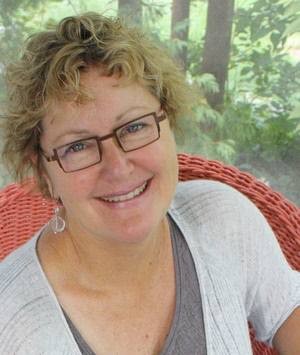
Hi! I’m Linzee Kull McCray and I’m so pleased to have a chance to visit with you. Like you, I love fabric (and yarn, and textiles of all kinds). And perhaps like you, I thought that the opportunity to write about those topics would be a dream come true.
Writing has brought me joy since I was a young, when I loved to pen fanciful stories (my mom still has one I wrote when I was seven called "Stan the Man"). I also loved to read, and so I studied English in college. But while fiction was my reading material of choice, I found that I most enjoyed writing about the people I encountered in everyday life, particularly those who are passionate about what they do.
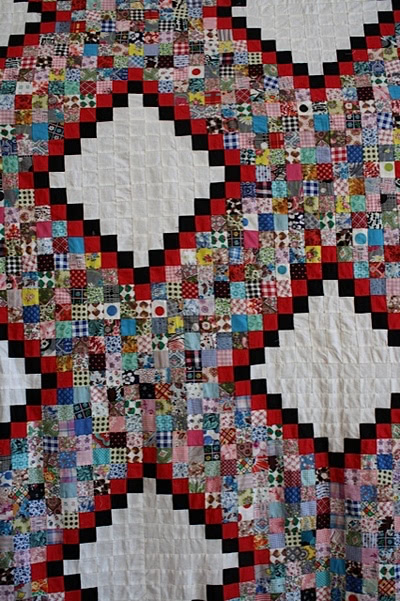
As it does, life kept me busy—I worked at numerous jobs including childbirth educator, gardener, bookstore clerk, child life specialist, and more, and with my husband raised two daughters. But the urge to write was strong. By the time I returned to graduate school to study writing formally, I was the same age as most of my professors and old enough to be the mother of many of my classmates.
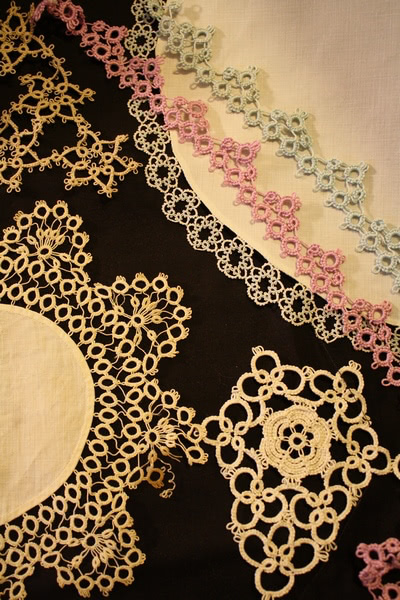
After graduation, I landed a job as the editor of the faculty and staff newspaper at the University of Iowa. I loved that it connected me to fascinating people who were obsessed with their work—my favorite kind of folks. Along the way a colleague taught me to quilt—I’d sewn for years, but never attempted a quilt—and I was hooked. That’s when the idea of writing for a quilt magazine took hold. I was fortunate to have a contact in the publishing world and sent her a query. As luck would have it, she was looking for a freelancer and sent me my first assignment: a profile of Amy Butler for the Summer 2006 Quilts and More magazine.
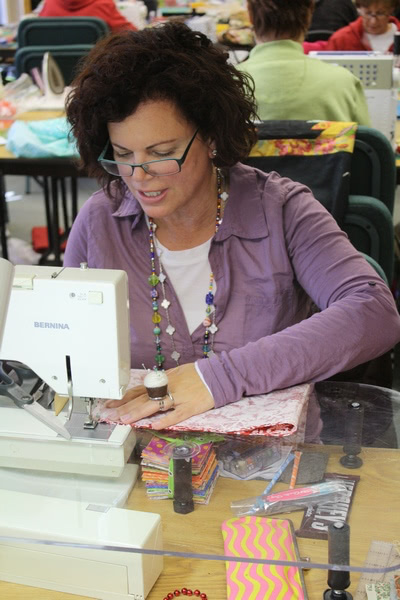
Over the years, my business grew and I’m now a fulltime freelance writer and editor. I am a regular contributor to Etsy’s blog, Moda’s catalogs and blog The Cutting Table, and have a bi-monthly column in the French quilting magazine Quilt Country. I write regularly for Stitch magazine, Quilt Sampler, the French publication Magic Patch, and have written dozens of articles for American Patchwork and Quilting and Quilts and More. I’ve beefed up my skills as a photographer and take photos to accompany many of my stories. And I’ve taught magazine writing to journalism students at the University of Iowa.
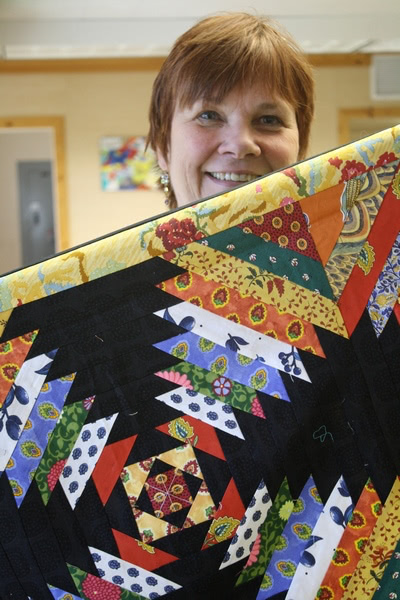
If you’re interested in writing for publication, here are a few tips to help you get started.
- Read! While you may not be striving to write for The New Yorker or the Los Angeles Times, you can learn a lot about putting together words effectively by reading top-quality writing. When you come across something profound (or funny or moving) in a novel, an essay, or even on a blog, stop and consider what the writer does that grabs your attention. Exposing yourself to good writing helps you shape your own.
- Practice! Writing is sometimes compared to a muscle, and it’s true that the more you do it, the stronger you become. If you find yourself freezing up at the keyboard (or with pen and paper in hand), start small. Write a description of what’s on your desk or what the person across the room at a coffee shop is wearing. Write a bit every day—set a timer and write for 15 minutes or write 400 words—the topic doesn’t matter. Don’t overwhelm yourself by deciding to write the Great American Novel (or even a piece that you’re sure will be published) your first time out—it’s a sure road to discouragement. Even blogging once or twice a week provides writing practice (and you might even get comments from readers, which will inspire you to keep writing).
- Volunteer! While many writers say you should never write for free because it denigrates the value of paid writing, I think it’s a perfect way for a new writer to get what journalists call "clips". Clips are published articles that you can show to an editor you want to hire you, as evidence of your writing prowess. If you’re interested in writing about quilts, volunteer to write member profiles or book reviews for your guild newsletter. Write stories for your community paper about an upcoming quilt show. Blogging can show an editor you’ve got stick-to-itiveness—write a series of posts on your favorite quilt blocks or fabric designers.
- Be yourself! This is one of the hardest lessons to learn. It took me a long time, but I’ve learned that if something interests me, there’s a pretty good chance someone else will be interested in it too. Trust your instincts when it comes to the topics you choose to write about for your blog. And this brings me to what I think is as important as good writing.
- Be curious! Ideas are a writer’s currency. Once you’ve worked for an editor, he or she will call you with stories they want you to cover. But until then, you need to snag them with fantastic ideas. Those many jobs I had before settling into my journalism career supplied me with lots of story ideas. So does staying abreast of current events, traveling, and simply taking an interest in people around me. Have a neighbor who is making a quilt in the shape of every state of the Union? Know some young women creating new quilts from recycled fabrics? Have a work colleague who teaches women in a shelter to crochet? When formulating ideas for stories, take advantage of the world and people you encounter everyday.
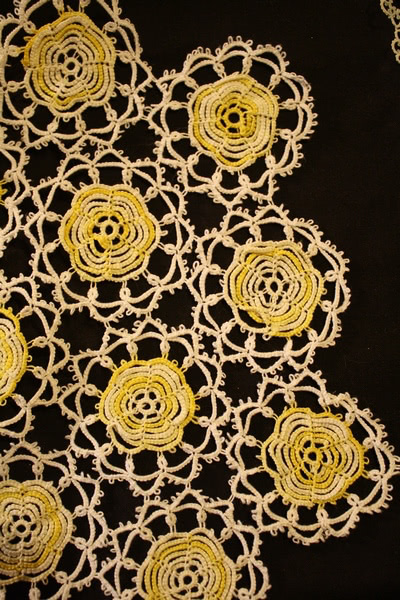
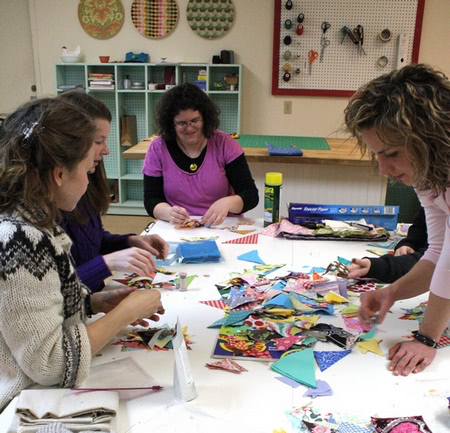
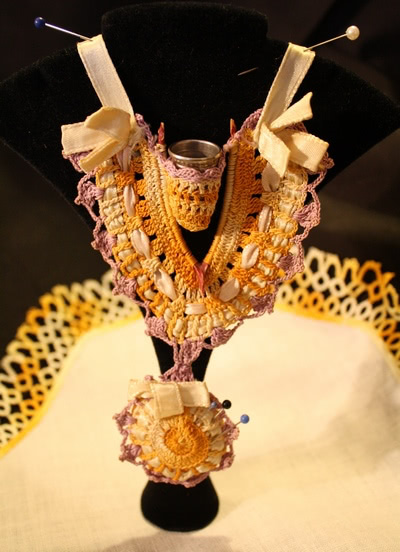
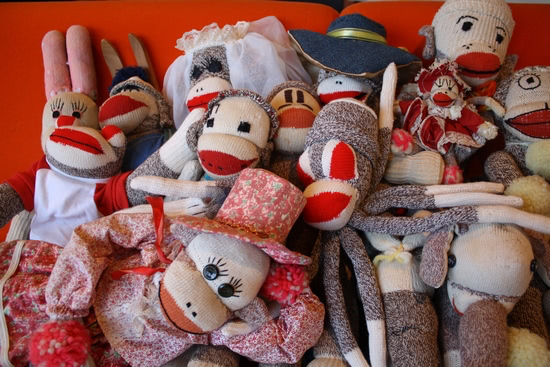
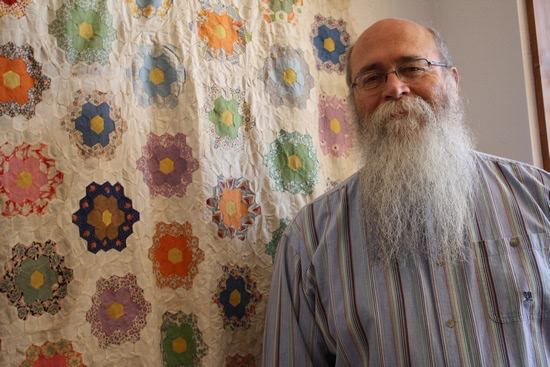
Writing can be a satisfying way to explore a favorite topic more deeply, as well as to share that fascination with others. If you’re just starting out, don’t give up your day job—I freelanced on the side for five years before I felt I had enough regular clients to give it a shot fulltime. But I haven’t been sorry. My only real complaint? I spend so much time writing about textiles and crafts that I rarely have time to sew myself!
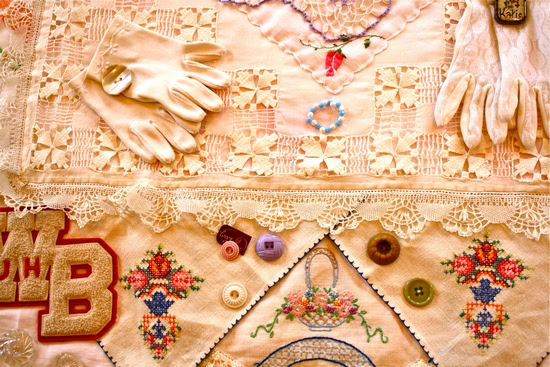
For more from Linzee on writing, sewing, and more, visit her blog.
Do you have an interest in writing about quilting? What kinds of quilting- and sewing-related stories do you like to read?
Great article. Thank you for sharing your enthusiasm, insight, and experience.
Thank you for sharing. Lots to think about here!
Great information…thanks for sharing!
Thank you for your insightful article. The tips you have given are also applicable to blogging. I will remember them as I post on my blog. Thank you for taking the time.
Good stuff….and encouragement that I’m on the right path.
I agree with all that you have said, Linzee. I have gone down much the same path although I was privilaged to have had my first efforts accepted by a publisher.
The one word of advice I would add is to brush up on your grammar or get a good program. The improper usage of your/you’re, incorrectly spelled words etc. can be off putting to a publisher as well as to a reader. There is a lot of competition for publishing dollars and a good story may get dismissed because the editor doesn’t have time or the staff to do extensive proofreading.
Thank you for your inspiration. You give good advice about reading other authors and look at what it is that inspires you and keeps you reading. I have trouble writing but can look at it differently now. Thanks again.
Carolyn
Thanks for sharing! Great advice!